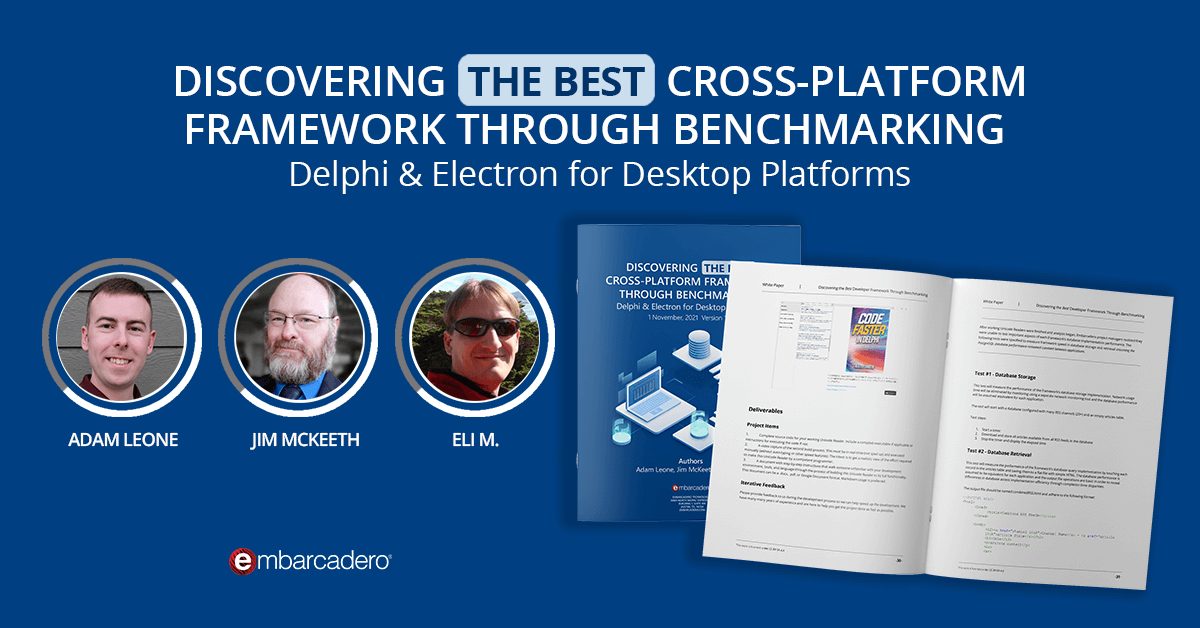
Hello, great programmers of C++ and welcome to another round-up of great posts to be found on LearnCPlusPlus.org.
LearnCPlusPlus.org is an inspiring space for C++ developers with its new and unique C++ posts. It has C++ introduction posts for beginners to learn how to program with the C++ programming language. We believe this and everything we do here is aimed at giving you a rapid introduction to programming in C++ and C++ IDE for a beginner, all the way to the most robust, modern, and latest techniques for those more experienced with the language or are perhaps wanting to expand their knowledge with the most up-to-date features, routines, and methodologies.
Table of Contents
Let’s learn about C++ for free!
This week we have new posts about Copy Constructors. We will keep diving into Classes & Objects in the next weeks we started to release posts about Constructors.
As we mentioned before in many posts about classes in C++, one of the most powerful features of C++ is Object-Oriented Programming (OOP), which makes it different from the C programming language by using Classes, Objects, and more. Object-Oriented Programming has many advantages over procedural programming, and it is the most characteristic feature of the C++ programming language.
This week on LearnCPlusPlus we answer all your questions about copy constructors
These posts below answers these questions below
- What is Copy Constructor in C++?
- What is Syntax for the typical Declaration of a Copy Constructor?
- What is Declaration of a Copy Constructor in C++?
- How can I declare a Copy Constructor?
- What is Forced Copy Constructor in C++
- What is Default Copy Constructor in C++?
- What is Deleted Copy Constructor in C++?
- How can I Avoid Implicit Generation of the Copy Constructor in C++?
- What is Implicitly-Declared Copy Constructor in C++?
- How can I use a Implicitly-Defined Copy Constructor in C++?
- What is Deleted Implicitly-Declared Copy Constructor in C++?
- Where can I find C++ examples about Copy Constructors in Modern C++?
- Where can I learn differences between Default, Forced, Defined, Declared, Deleted, Implicitly Declared, Implicitly Defined terms in Constructions?
Let’s remind ourselves about C++ constructors
The Constructor in C++ is a function, a method in the class, but it is a ‘special method’ that is automatically called when an object of a class is created. We don’t need to call this function. Whenever a new object of a class is created, the Constructor allows the class to initialize member variables or allocate storage. This is why the name Constructor is given to this special method. Here is a simple constructor class example below,
What are the different C++ constructor types?
If we dive into Constructors subject, there are different constructor types
- Default Constructor
- Copy Constructor
- Move Constructor (since C++11)
- Copy Assignment operator
- Move Assignment operator (since C++11)
- Destructor
Most of these methods is not only used in classes but also used with struct and union data types, and the Copy Constructor in classes is one of these.
Copy Constructors not only used in classes but also used with struct and union data types Do you want to learn what is copy constructor or what kind of methods we have that we can declare and use copy constructors ? In this post, we will try to explain how to use Copy Constructor with examples.
What is Copy Constructor in C++?
The Copy Constructor in classes (i.e class_name) is a non-template constructor whose first parameter is class_name&, const class_name&, volatile class_name&, or const volatile class_name& . It can be used with no other parameters or with the rest of the parameters all have default values.
The Copy Constructor is a constructor type for classes that class_name must name the current class, or it should be a qualified class name when it is declared at namespace scope or in a friend declaration.
Learn about TURLStream and how it extends the base class constructor C++.
What is the typical way to declare a C++ Copy Constructor?
Here’s the syntax to declare Copy Constructor,
Now let’s look at the syntax to use Copy Constructor, this copy source_class to new_class as below,
Learn about Declaration of a Copy Constructor
Learn about Forced Copy Constructor (Default Copy Constructor) in C++
Learn about Deleted Copy Constructor (Avoiding Implicit Generation of the Copy Constructor)
Learn about Implicitly-Declared Copy Constructor
Learn about Implicitly-Defined Copy Constructor
Learn about Deleted Implicitly-Declared Copy Constructor in C++
We will continue to OOP with Constructors and Visualization, AI Technologies in C++ the next weeks. Please keep following our LearnCPlusPlus.org website for the latest posts and updates. Feel free to comment and share with your colleagues, students, members – knowledge is power, and knowledge shared is empowering.
Know why you should use Telegram Messanger in your own applications for added security in this article.
C++ Builder is the easiest and fastest C and C++ IDE for building simple or professional applications on the Windows, MacOS, iOS & Android operating systems. There is a free C++ Builder Community Edition for students, beginners, and startups; it can be downloaded from here. For professional developers, we have Professional, Architect, or Enterprise versions of C++ Builder and there is a trial version you can download from here.
Design. Code. Compile. Deploy.
Start Free Trial Upgrade Today
Free Delphi Community Edition Free C++Builder Community Edition





